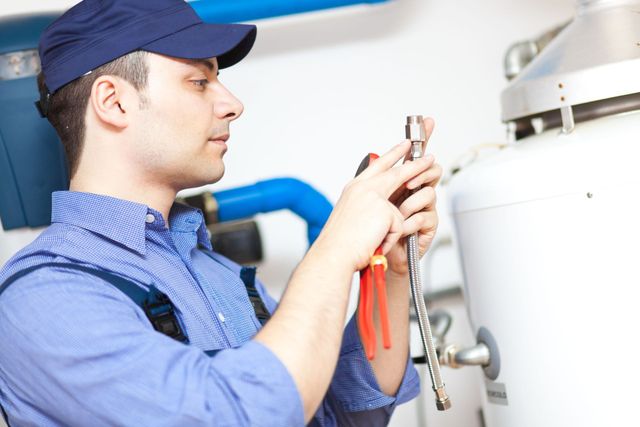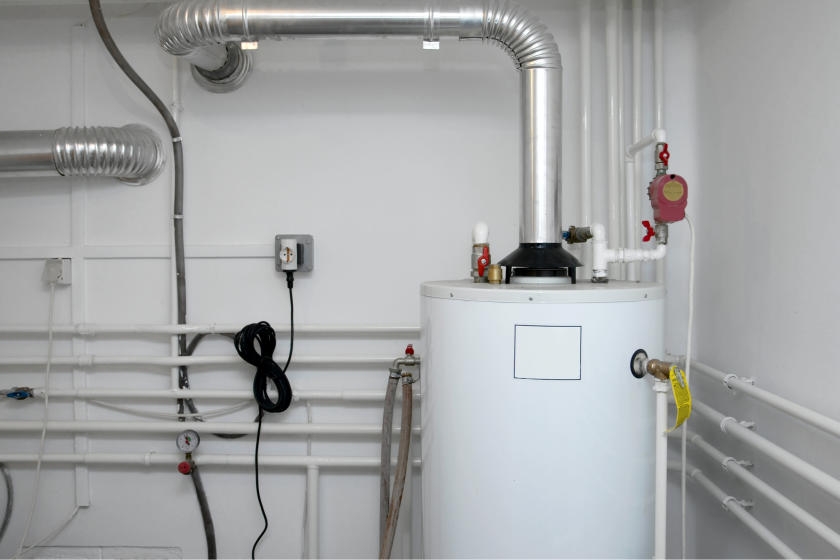The writer is making a number of good points on What Kind of Maintenance Do Water Heaters Need? overall in this post on the next paragraphs.

Hot water is vital for day-to-day comfort, whether it's for a refreshing shower or cleaning recipes. To guarantee your hot water system runs efficiently and lasts much longer, regular maintenance is crucial. This write-up gives practical suggestions and understandings on just how to maintain your home's hot water system to avoid interruptions and expensive repair services.
Intro
Maintaining your home's warm water system may appear difficult, but with a few straightforward steps, you can ensure it operates efficiently for years ahead. This overview covers everything from comprehending your warm water system to DIY maintenance ideas and knowing when to employ specialist aid.
Significance of Keeping Your Warm Water System
Normal upkeep not only prolongs the life expectancy of your hot water system yet additionally guarantees it runs effectively. Overlooking maintenance can lead to decreased efficiency, higher energy expenses, and even early failing of the system.
Indications Your Hot Water System Needs Upkeep
Knowing when your hot water system needs focus can protect against significant concerns. Watch out for indications such as inconsistent water temperature level, weird noises from the heater, or rustic water.
Flushing the Water Heater
Purging your water heater eliminates debris buildup, boosting efficiency and extending its life.
Monitoring and Changing Anode Rods
Anode poles avoid rust inside the container. Evaluating and replacing them when worn is important.
Complex Concerns Needing Professional Aid
Instances include significant leaks, electrical issues, or if your water heater is continually underperforming.
Routine Professional Upkeep Advantages
Specialist maintenance can consist of complete evaluations, tune-ups, and ensuring compliance with safety criteria.
Examining and Adjusting Temperature Setups
Changing the temperature level settings makes certain optimum performance and safety and security.
DIY Tips for Upkeep
You can execute several upkeep jobs on your own to maintain your hot water system in leading problem.
Checking for Leaks
Consistently examine pipes and links for leaks, as these can bring about water damage and greater bills.
Comprehending Your Warm Water System
Prior to diving into maintenance jobs, it's helpful to comprehend the standard components of your hot water system. Generally, this consists of the hot water heater itself, pipes, anode rods, and temperature level controls.
Month-to-month Maintenance Tasks
Regular regular monthly checks can assist catch minor concerns prior to they intensify.
Evaluating Stress Relief Valves
Checking the pressure relief valve guarantees it operates correctly and avoids too much stress buildup.
Insulating Pipelines
Insulating hot water pipelines reduces heat loss and can save energy.
When to Call a Professional
While DIY maintenance is useful, some concerns call for specialist proficiency.
Final thought
Normal upkeep of your home's warm water system is essential for efficiency, longevity, and cost savings. By following these ideas and understanding when to look for expert assistance, you can make sure a trusted supply of warm water without unanticipated disruptions.
Water Heater Maintenance Tips
Test the TPR Valve
- Shut off the power and the cold-water supply valve.
- Place a bucket under the pipe connected to the temperature-pressure-release (TPR) valve on the top or side of the tank. (This valve opens if the tank pressure gets too high.)
- Lift the valve’s tab to let some water out, then let go. If water keeps flowing, drain the tank partway, unscrew the old valve with a pipe wrench, and install a new one.
Check the Anode Rod
- Put a hose to the tank’s drain cock and let out a few gallons of water.
- Now fit a 1 1/16-inch socket onto the rod’s hex head on top of the heater (or under its top plate) and unscrew the rod. If it’s less than ½ inch thick or coated with calcium, buy a new one, wrap its threads with Teflon tape, put it back in the tank, and tighten securely. Use this segmented rod if headroom above the tank is limited.
Drain the Tank and Wash Out Sediment
- Drain the remaining water in the tank into the bucket, then stir up the sediment on the tank’s bottom by briefly opening the cold-water supply valve. Drain and repeat until clean water comes out of the hose.
- Close the drain cock, refill the tank, and turn its power back on.
Adjust the Temperature
- Find the temperature dial on the side of the tank and unscrew its cover. Adjust the dial to 120 degrees using a flathead screwdriver. For every 10 degrees the temperature is lowered, you can expect to save up to 5 percent in energy costs.
- Turn the water heater off or the thermostat down to its lowest setting if you plan to be away from home for more than three days.
Insulate the Pipes
- Buy some self-sticking 3/8-inch-thick foam pipe insulation that matches the pipes’ diameter.
- Slide the foam over the hot-and cold-water pipes as far as you can reach. Insulating the cold-water pipe prevents condensation in summer.
- Peel the tape and squeeze the insulation closed. If the pipe is 6 inches or less from the flue, cover it with 1-inch-thick unfaced fiberglass pipe wrap.
https://www.thisoldhouse.com/plumbing/21016402/how-to-maintain-a-water-heater

I have been very interested in Tips on Maintaining a Water Heater and I am praying you appreciated my post. If you please set aside a second to promote this page if you enjoyed it. We enjoy your readership.
Visit Our Site
Comments on “Step-by-Step Steps to Caring for Your Home's Hot Water SystemProfessional Advice on Caring for Your Home's Hot Water SystemHow to Keep Your Home's Hot Water System Functioning Well”